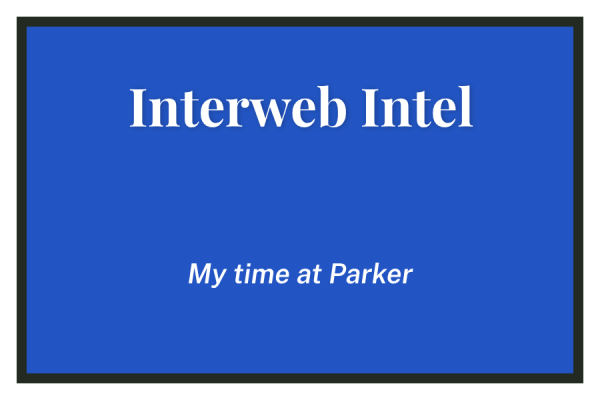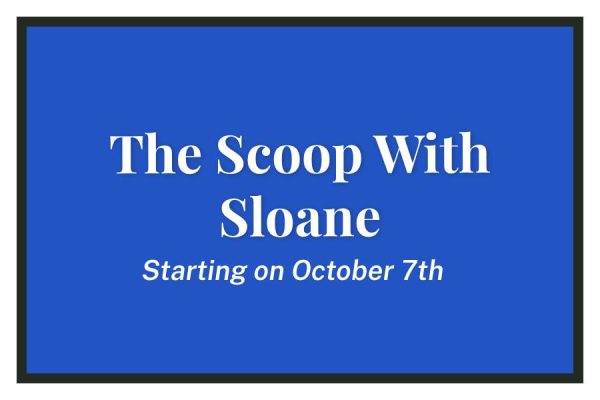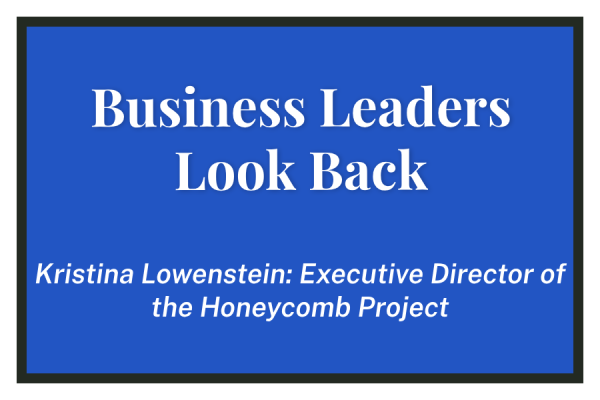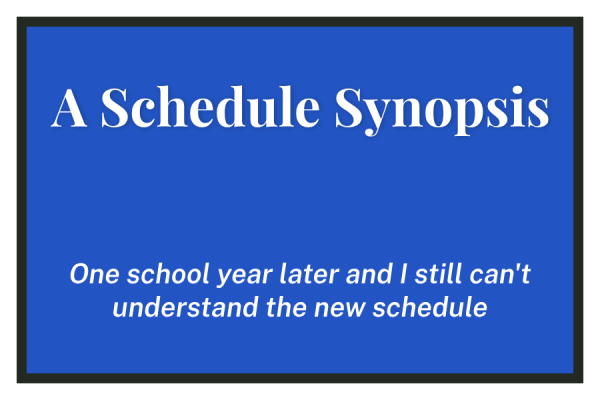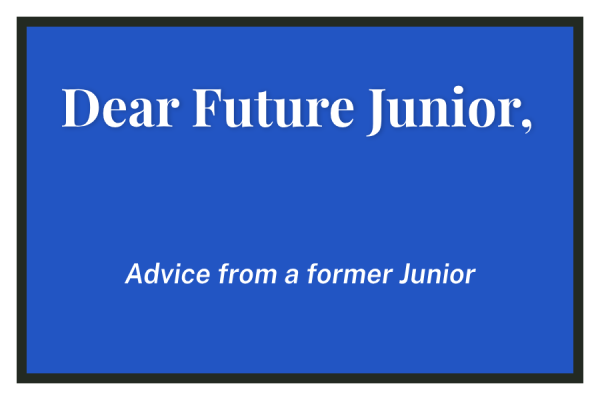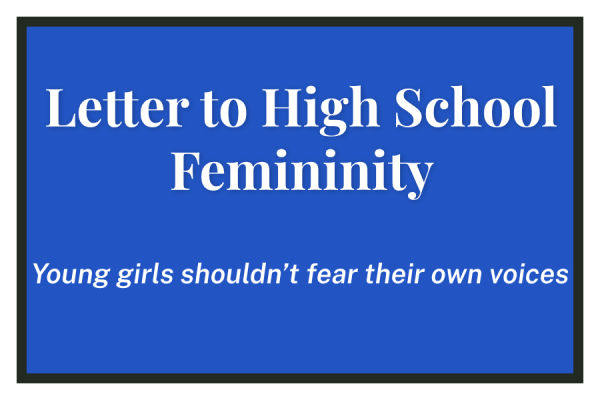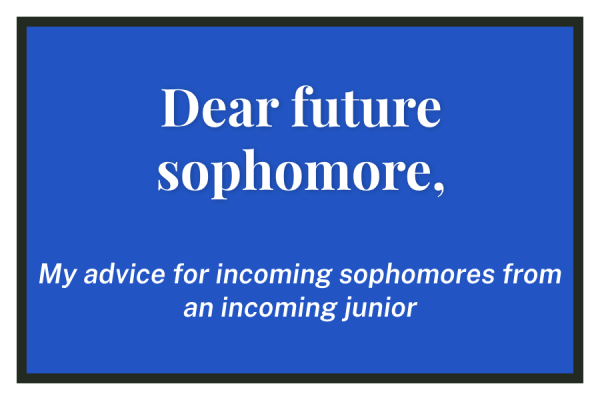The Joys Of Life, Issue 6
Emojis
Welcome back from break everyone! As we return from the holiday season and steam ahead towards second semester, through finals, and Rev. Dr. Martin Luther King Jr. Day, I think it is time to examine what really unites American society today: our technology. Now I could write a piece about our overuse of it and our outpourings of hatred on it. And if you’ve read my column enough, you know that that is probably where we will end up. But to start, I want to take an in-depth analysis into, objectively, the best part about having technology: emojis.
Keep in mind, this is all of the emojis found on the latest update to iOS on an iPhone 4. I may miss a couple that are great, and if you find any, write a letter to the editor. Without further ado, here is Grayson’s comprehensive examination of what’s joyful about emojis. But also a lot about what’s missing and what’s bad.
So, in an effort to be inclusive, Apple introduced non-binary emojis. However, they thoroughly screwed up. There are no non-binary babies. That’s an issue. There is no non-binary person wearing a hijab. I’m not going to get into the nitty-gritty implications of that, but, according to my research, Islam considers sex at birth, not gender identity so…
Moving past that, there’s no non-binary person getting married. That’s bad! Non-binary people also can’t be royalty in the emoji world. No crowns for them. There’s no non-binary Santa, which is an OUTRAGE!
There are no non-binary pregnant people or nursing non-binary people. According to familyequity.org, the number one way for a non-binary person to deal with pregnancy is to pretend to be a cisgender woman. That’s unhealthy, and emojis perpetuate that. THERE ARE NO NON-BINARY FLAMENCO DANCERS! Or male flamenco dancers. That’s crazy! If people saw emojis that looked like them flamenco dancing, maybe they could save the industry.
Now, here are some thoughts on the current gendered emojis. Guess which genie is pink, and which is blue? I don’t even have to tell you and that’s SEXISM. The non-binary one is purple, but also the guy and the girl have long hair, and the non-binary one has short hair. The same thing with the elf emoji: The non-binary person has short hair while the man and woman have long, flowing white Elvin locks. There are both long-haired non-binary genies and long-haired non-binary elves, and all I’m asking is that emojis reflect reality accurately. The non-binary red-haired person has darker hair than the man and the woman WHICH IS NOT HOW THAT WORKS AT ALL!
Moving on to general thoughts: The “massage” emoji has two disembodied hands soothingly rubbing the emoji’s temples and it terrifies me. There are no amputees in the entire emoji library! That’s insane. Also, there are no conjoined twins! And yet, there are 24 different clocks, which is unnecessary AND useless. I’m sorry if you use the clock emoji, but if I were a conjoined twin, I would really not be on board with that callous waste of design resources.
There’s no stage between “crying,” which is just one tear, and “bawling,” which is all the tears. See the column about William Henry Harrison for the toxic effects of emotional repression. In addition, any emoji with a single hand is a righty, except the facepalm one, which is a lefty, and that’s righty-ist. And you might say, “Well, Grayson, you can’t assign gender or race to the hand emojis but you can for the facepalm, so that’s why they’re different.” To which I’d respond, “Yes, but you can assign gender or race to the “raising hand” emoji, and that’s right-handed. Boom roasted.”
The fencer is not fencing right at all. They’re swinging the sword around like a lasso. The person sitting in the lotus position is super good. The orange short and fat truck and the green tall and skinny truck remind me of Mario and Luigi. There’s a tent by itself, and then there’s a tent with a tree. Why do you need both? The hole emoji is the best because it’s just a hole in the ground. There’s an abacus emoji? I don’t know how or why. There’s an emoji that’s supposed to be a generic, non-specific baby crawling, but the first time I saw it, I saw a pregnant person reclining on a beach.
So what did we learn during that 664-word excursion into the world of emojis? That all of this is pointless. That getting outraged over small things on the internet is ultimately futile. That trolls will always be trolls and that engaging in heated, serious, debilitatingly and unfathomably heated and tense, and potentially cruel, exchanges with strangers online has no point.
For example, the moral of this story is that if they started adding more identities, they should finish adding all identities and that any progress towards inclusion is good. There may be people in the Parker community who disagree with me. I think we’re a community that could handle dialogue about that disagreement. I don’t think the Internet could.
We are addicted to our technology. We can’t get off of it. I constantly pull out my phone, just to check it. Just to make sure it’s still there. For all of us, it is rubbing against our thighs, sitting on our desks, or loudly playing Highest in the Room for the entire group of ten-year-olds that we teach on the weekends because our friend Michael from LP is calling us, and we forgot to put it on silent. That might just be me.
Because we spend so much time on our tech, our brains have adjusted to functioning in both the digital world and the physical world. But, because of the anonymity, distance and lack of body language, it is MUCH easier to be ruder, meaner, more full of hatred, using online communication. You are only reading text. In the past, most text had to be revised and typed perfectly before it could be sent. We do not live in an era of self-censorship.
We live in an era of Twitter, where anyone can say anything at any time to everyone. This comes with many benefits. People find others with the same interests and the same opinions. But people also find people who disagree with them. And because they don’t have to have a conversation in person, the conversation is almost never productive. Scroll down on a music video, on a film review, on a news clip. The amount of vile malice that pours from people’s keyboards cannot possibly align with what they say out loud.
We’ve had a couple of issues with cyber-bullying in our school, just as in all schools. And I don’t think I’ve received an education in healthy ways to use the internet. We had one meeting in 8th grade about cyber-bullying, but I’m pretty sure that was in response to an incident. I learned the CRAAP test from Ms. Lesak. That’s how to tell if a source is credible. Maybe intermediate and middle schoolers are learning more about this than I did. And some of it is self-explanatory: don’t be mean just because it’s easier. But, in the future, there needs to be a robust online safety curriculum. More accurately, an online kindness curriculum.
I haven’t experienced cyberbullying personally, but I know a lot of people who have. And while, as I said, the internet connects a lot of people, it also easily creates isolation, which can lead to depression, social-induced anxiety, and is partly responsible, as Andrew Yang and Melania Trump argue, for the increased rate in mental health issues among youth. Parker, as an educational institution, must adequately educate future global citizens in online citizenship, and I think there are plenty of teachers already at Parker who would be able to teach courses like these.
Science teachers could teach about the spread of misinformation in the scientific community. History teachers could teach about how to have healthy political debates online. Health teachers could teach about mental health due to cyberbullying, language teachers could teach about multilingual interaction online, English teachers could teach about hostile language and rhetorical strategies for successful and non-confrontational communication online. There is so much Parker could do. I think it is time for us to introduce this curriculum, to benefit students now and into the far future.



